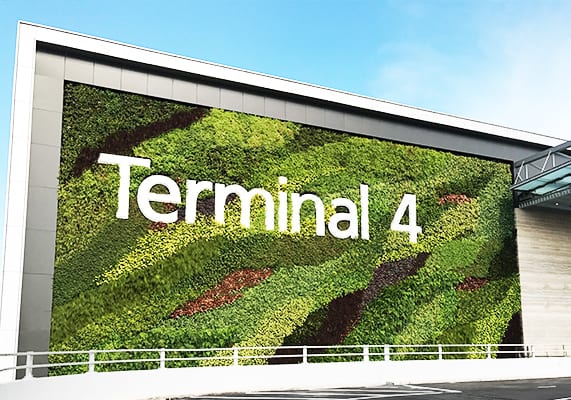Singapore is widely recognized as the greenest city in Asia. From an unsanitary port city in the 1860s, it had become a green and livable first world city in just a few decades. The change started in 1970 when former Prime Minister Lee Kuan Yew directed a tree planting campaign be organized across Singapore. He personally chaired the Garden City Action Committee which was then set up within the Ministry of National Development.
Singapore aims to cut carbon emissions intensity by 36 per cent of 2005 levels, and one way of doing so is to add more greenery to the many high-rise building we have that are the biggest consumers of energy in the city.
Adding greenery to roofs and walls can reduce the amount the heat that penetrates the building by 60-70% according to Zac Toh, the founder, and director of greening firm GWS Living Art. GWS Living Art is a company which specializes in urban green technology that adds artistic green to roofs and walls. If the temperature inside the building is lowered, the need for air-conditioning in the buildings will be reduced. For example, Changi Airport Terminal 4’s wall is 550 meter square of greenery.
Today, over 13% of Singapore’s land area is dedicated to greening the urban landscape and maintaining a healthy ecosystem. This includes parks, park connectors, green spaces and nature reserves. Previously, priority was given to man-made greening of highways, streets and residential areas and not enough effort had been used to restore and preserve the natural areas left in Singapore. But in recent years, Singapore had retained several restricted nature reserve sites such as Sungei Buloh Wetland Reserve (131 hectares), Central Catchment (3043 hectares), Bukit Timah (163 hectares) and Labrador Nature Reserves (10 hectares). These places are where land development had been prohibited and ecosystems protected to preserve its heritage. The reserves are used for research in preserving and revitalizing biodiversity in Singapore and educating the public.
Sustainable Singapore Blueprint Video: What if?
https://www.youtube.com/watch?v=pzj7cqXkW5c
Bibliography:
https://www.eco-business.com/news/can-singapore-the-city-in-a-garden-grow-into-a-city-in-nature/
